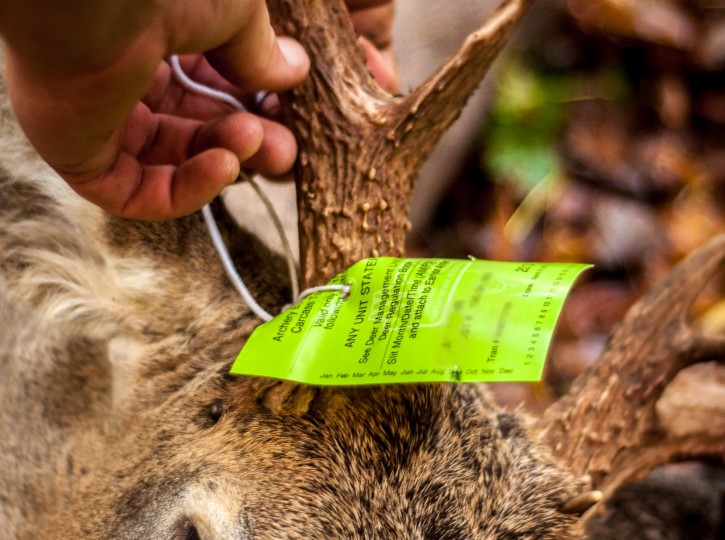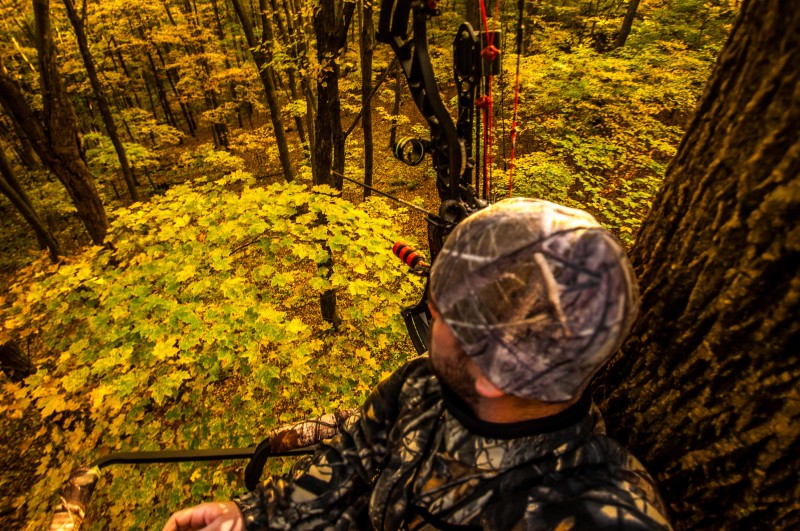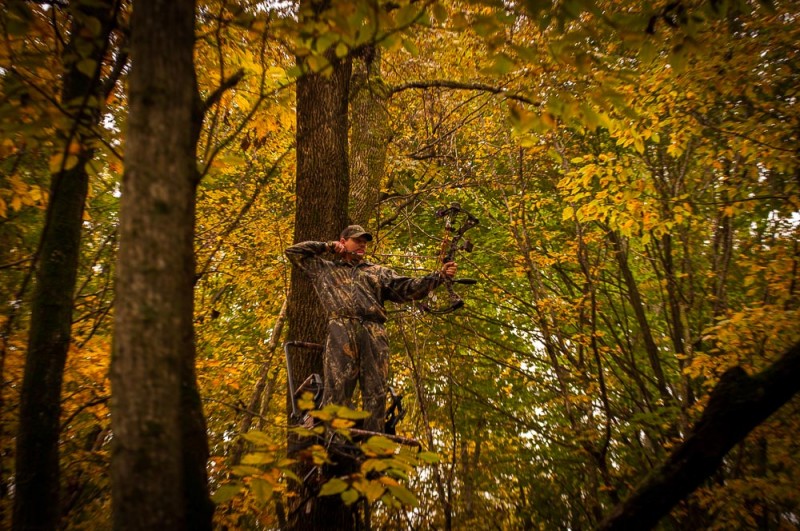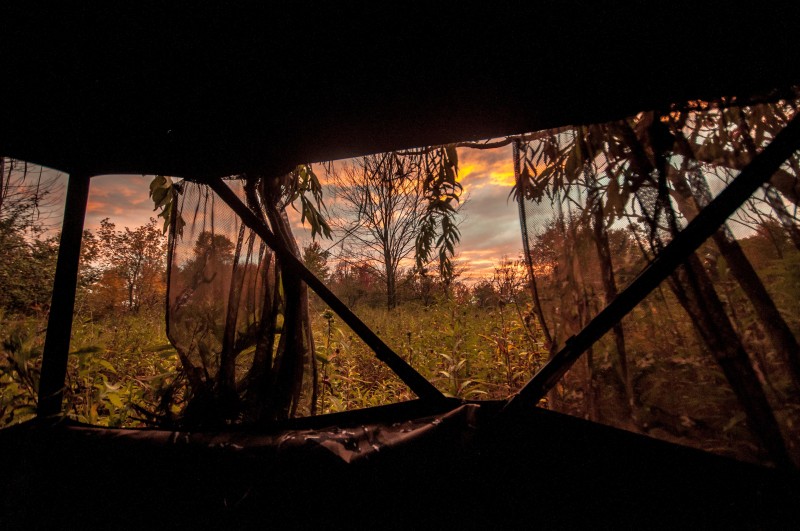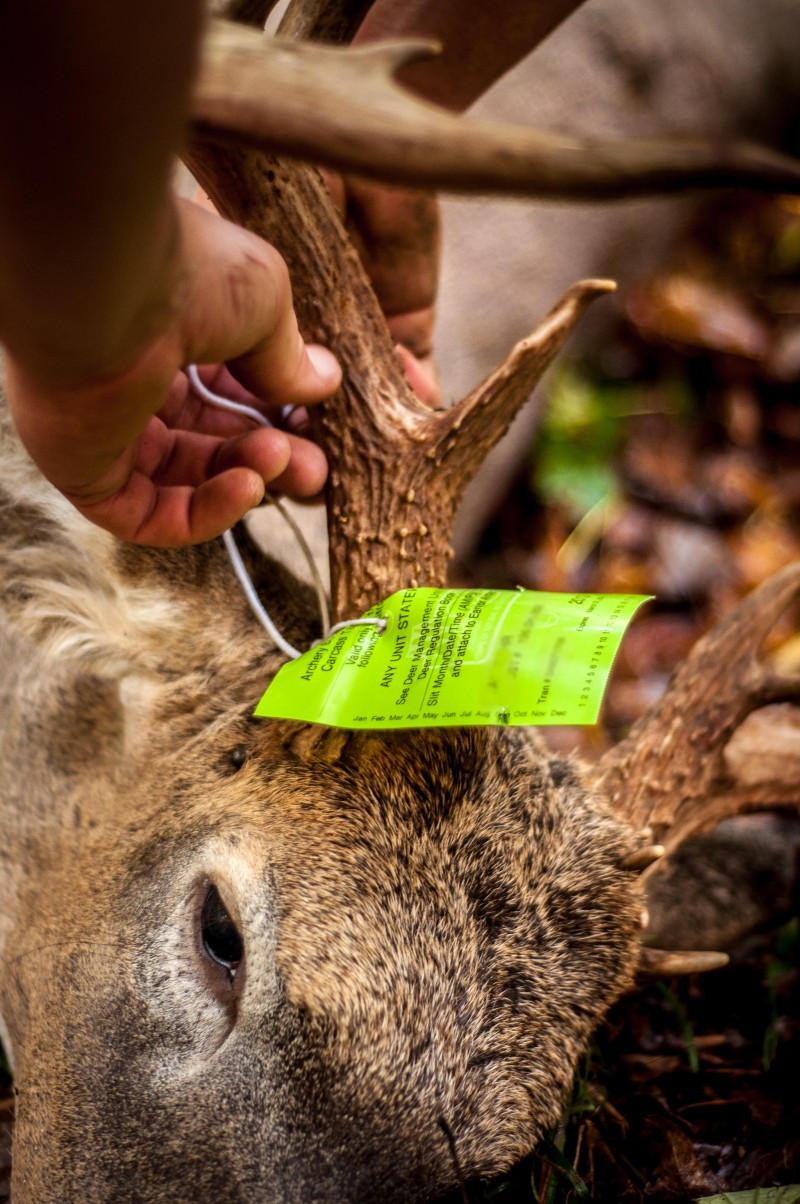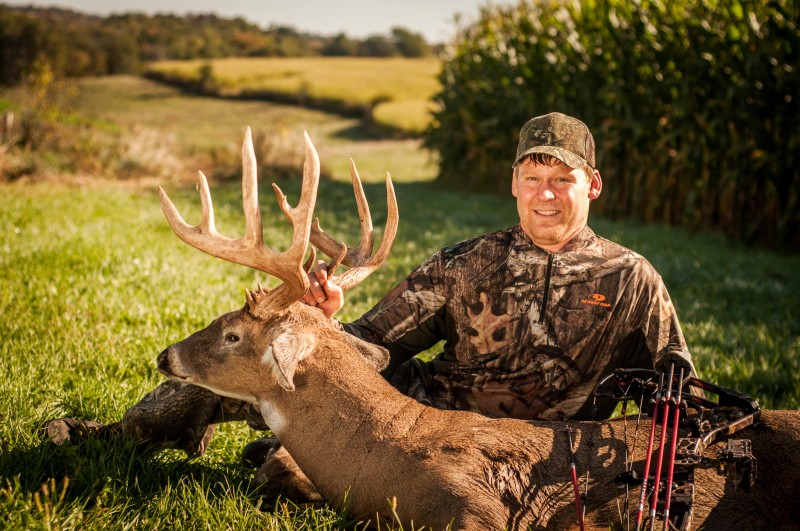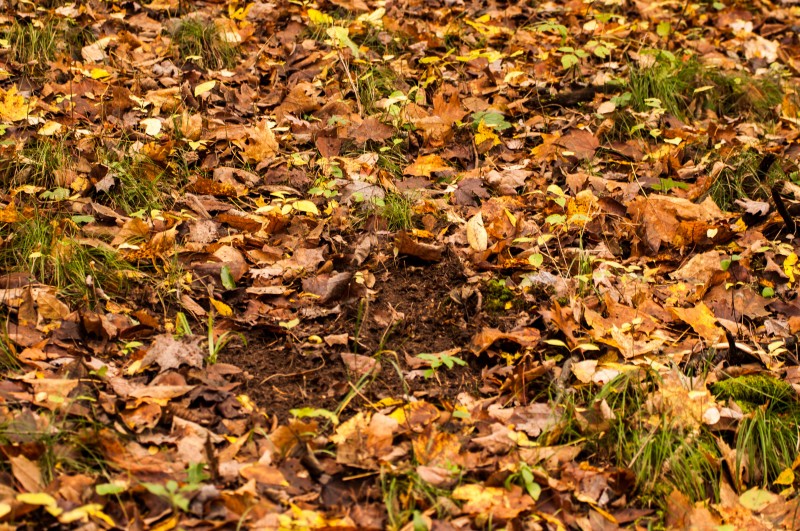If you get on the google machine and type in “Early Season Stand Locations” you’ll see the majority of them stress going incognito, and sticking to edges, fields, and other less intrusive areas. Let’s see, maybe a mention of fruit trees, a mast crop of acorns, and a waterhole spot. These are all great spots but if you want to strike in September, there may be a better way!
I will have to say, this is generally my train of thought when I am hunting an area I plan on putting some hours on during the rest of the season. However, there are certain properties or sections of a property I may only get the opportunity to hunt in the early season, or somebody else hunts it during the rifle season, and I need to pull out all the stops in order to punch my tag.
This means putting yourself into the action rather than waiting for it to come to you. It’s time to sneak near or even into the bedding area. You’ll want to rely heavily on your early season trail camera scouting to pin point a buck to a certain piece of bedding cover. If you’re not exactly sure where a buck is hiding out, do a little feet on dirt recon. Locate suspected bedding areas via satellite mapping, and then go out to the area and look for recent scrapes. You aren’t necessarily hunting the scrape itself but it’s a good indicator bucks are using the area. The more scrapes the merrier, and when you know a buck is living in the area, it’s time to give them a little chin music.
The plot to this technique begins at least a few weeks before you plan on hunting, ideally months before. Year after year deer tend to bed in the same areas, and once you’ve located them, often times the mature deer will adhere closely to this rule.
I prefer to hang at least two different sets or blinds on a bedding area, so you have options with differing wind directions. Besides hunting the correct wind, access will be your number one concern. The one advantage you have hunting early season will be the cover, foliage will offer. It’s much easier to sneak around in the woods during this time of year rather than November when the forest floor is devoid of cover and deer can pick you off like a sore thumb.
This means hunting areas where you can avoid food sources upon your entrance in the morning and avoiding the actual bedding area when walking in for a afternoon sit. A groomed trail will be very beneficial, as getting in can be quite and relatively scent free.
Most of the time the ideal area to set up your stand on a bedding area is to hunt the side nearest a food source, again trail cameras will tell you where deer are traveling to and from the bedding area. The majority of a mature bucks daylight movement will be done within this bedding area. Many bedding areas consist of some type of taller grass with maybe some scrub trees and brush mixed in. One of my most productive bedding area sets is hunting a micro funnel within the area. This means if there are two small patches of brush with a small neck down area with tall grass surrounding it, that big buck is going to try to follow the cover. A down wind set over looking this micro structure is one of your best bets.
My goal is to not hunt a set on more than two consecutive days because by that time, mature deer will know something is awry. By using multiple sets, and staggering your sits, you can still hunt aggressive AND smart.
Another quality way to put the slip on a mature whitetail getting right off the bedding area. Many people believe you need to be patterning a deer to a food source early in the season. Not always the case. Scrape lines, as I mentioned before can be productive right off the bat. Deer start to lose their velvet and testosterone production begins it’s quick climb up to the peak levels of the rut.
Finding not one or two scrapes but a series of 5+ along the edge of thick bedding cover can be deadly. In Wisconsin last year, a good buddy harvested a 160″ bluff country buck by implementing the aforementioned tactic.
It was a hillside in an open mature forest with a solid bedding area bordered by an ATV trail traversing the side hill. All along the line were numerous scrapes and rubs. It didn’t take long for him to start seeing quality deer. First a 3 year old 8 pointer, next a 180″ main frame ten which stayed just out of bow range and finally a 160″ made a fatal mistake and went to check the scrape line. It would be his last.
This tactic seems to be productive for me in late September all the way through the end of October which is the best time to implement this tactic.
You don’t have to wait for the magical rut to get a big buck into your wheelhouse. With some careful planning and scouting, you’ll be able to get on and stay on deer the entire month of September. Just remember tread lightly, and stop to observe the area. It’s amazing what one can learn by paying attention!
